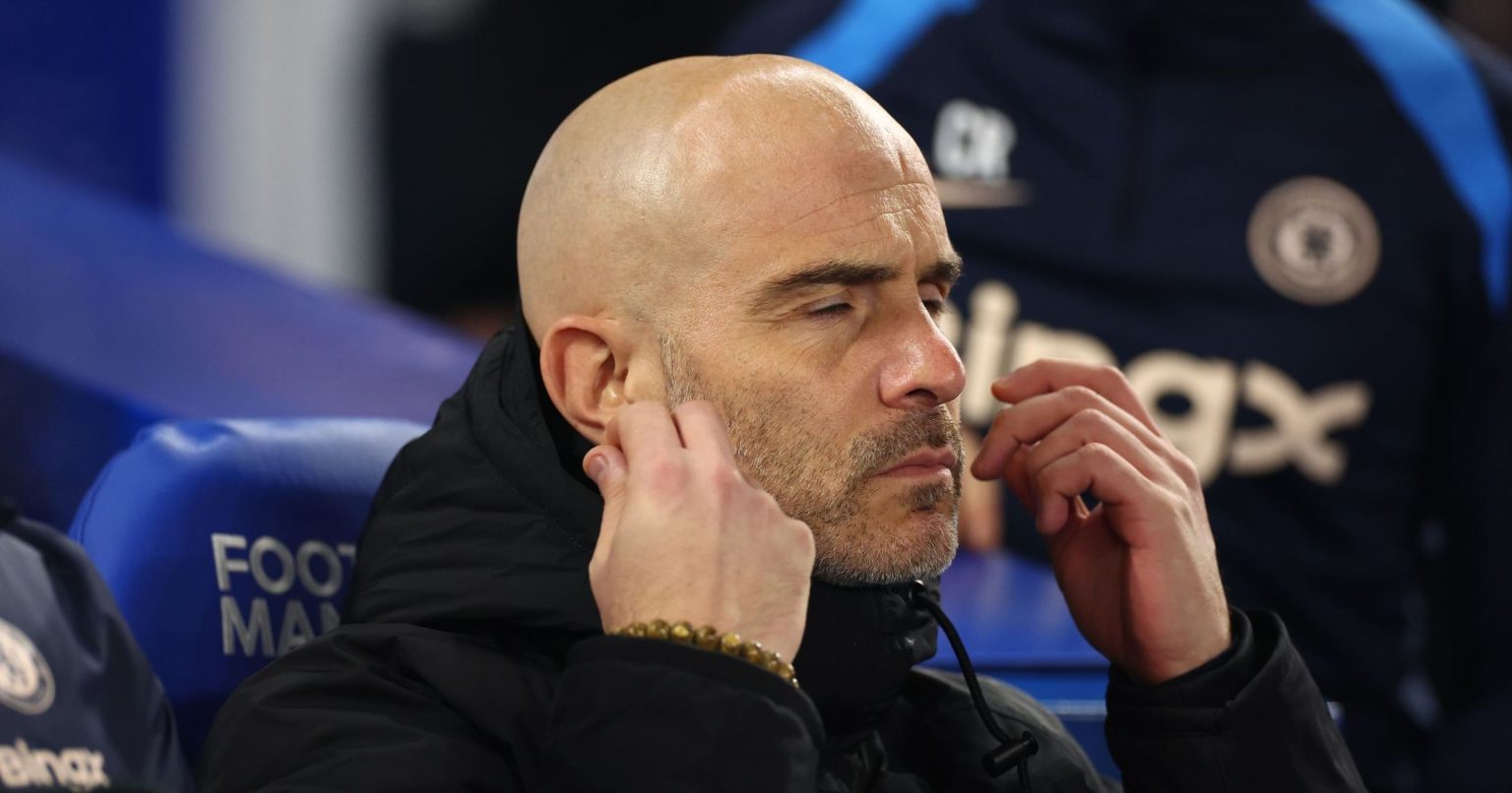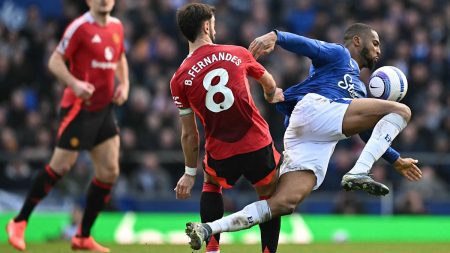The Striker Dilemma
When the January transfer window closed, Chelsea made a significant decision to navigate the remainder of the season without signing any additional forward talent. This choice came despite the stark contrast in Nicolas Jackson’s form before and after November. While the Senegalese striker impressed with six goals in nine appearances early on, he managed only three goals in 14 matches as Enzo Maresca’s side struggled to maintain their pace at the top of the table. With Jackson now sidelined, the club is left without a natural striker, and Christopher Nkunku, who is more adept at playing as a No. 10, cannot fill the void alone. As the debate over whether Chelsea should have signed a new striker continues, Maresca must find a solution to keep the team competitive.
The Status Quo: A Questionable Option
In the first game following Jackson’s injury, a crucial FA Cup match against Brighton & Hove Albion, Maresca opted to play Nkunku as the lone striker. The result was far from satisfactory, with Nkunku failing to register a single shot in the full 90 minutes and managing just one touch in the Brighton penalty area. Known for his creative abilities and preference to play deeper, Nkunku’s role as a No. 10 is where he excels, and it seems unlikely that Maresca will continue to force him into an unfamiliar position. The manager might consider a different approach, such as using Cole Palmer as a false No. 9, to mitigate the lack of a traditional striker.
The False No. 9: A Logical Solution
The false No. 9 role appears to be the most logical solution to Chelsea’s striker crisis. Top scorer Cole Palmer, despite his preference to operate with space, might be the best candidate to step up and play further forward. His consistency in scoring and his ability to drift into multiple positions could make him a valuable asset in this role. Noni Madueke, who has shown sporadic goal-scoring form, and Pedro Neto, who has contributed just four Premier League goals this season, are also in the mix. Maresca might prefer Neto’s pace and work-rate to keep the opposition’s central defenders on their toes.
The choice of who plays behind Palmer is equally intriguing. Christopher Nkunku, with his extensive experience as a No. 10, could be the ideal candidate to provide creative support from deeper positions. Alternatively, Maresca might explore using Enzo Fernandez or Kiernan Dewsbury-Hall, who could offer a different dynamic to the attack. The false No. 9 system has been successfully employed by other teams, and it could be a way for Chelsea to remain unpredictable and effective in the face of their current struggles.
The 4-4-2 Formation: A Strategic Shift
Another viable option for Maresca is to shift to a 4-4-2 formation, which could provide a more balanced attacking threat. For much of this season, Maresca has favored a 4-2-3-1 setup, but the team’s recent poor form and lack of strikers might necessitate a change. By playing two players higher up, Chelsea could create more opportunities and make life harder for opposing central defenders.
A potential inspiration for this strategy comes from Real Madrid’s Carlo Ancelotti, who has experimented with fitting his four star attackers into one team. Ancelotti’s recent solution has been to play a 4-4-2 with Jude Bellingham on the left, Rodrygo on the right, and Vinicius Junior and Kylian Mbappe as the strikers. These players, though not traditional No. 9s, still occupy the space and create headaches for the opposition. Maresca could consider a similar approach, pairing Palmer with another versatile attacker like Noni Madueke, Pedro Neto, or even Christopher Nkunku, to keep the defense guessing and open up more attacking avenues.
The Youth Approach: A Risk Worth Considering
When all else fails, turning to the youth academy can be a bold and rewarding move. Manager Maresca might decide to entrust the striking responsibilities to one of Chelsea’s promising young talents. Shim Mheuka, a 17-year-old striker highly regarded within the youth setup, seems the most likely candidate to step up. His potential and the club’s faith in him could make him a valuable asset in the absence of a seasoned forward.
Other options include the 20-year-old Ronnie Stutter, who has shown promise in the youth ranks. Deivid Washington, who was rumored to be on his way back to Santos on loan, remains listed on Chelsea’s website, suggesting that the club might have reconsidered the move. While promoting a young player to the first team is a significant risk, it could also be a defining moment for their development and the club’s future. The success of past youth promotions at Chelsea, such as Mason Mount and Tammy Abraham, serves as a testament to the club’s ability to nurture young talent.
The Upcoming Tests: A Crucial Period
Regardless of the solution Maresca chooses, the next few weeks will be a critical period for Chelsea. The team faces five matches before the March international break, including away games against Aston Villa, Arsenal, and Brighton, and home fixtures against Tottenham Hotspur and Ipswich Town. After the international break, they have a challenging run of matches against Brentford and Fulham. Each of these games will test the team’s resolve and adaptability, and the outcome could significantly impact Chelsea’s season.
Maresca’s decisions during this period will be under intense scrutiny. The pressure is on to find a formation and strategy that can maximize the team’s potential without a traditional striker. Whether it’s sticking with Nkunku, deploying a false No. 9, experimenting with a 4-4-2, or giving a young player a chance, Maresca must strike the right balance to navigate these challenging fixtures. The stakes are high, and the club’s success in the second half of the season could hinge on his ability to adapt and innovate.
Conclusion: A Time for Innovation
The absence of a natural striker presents a formidable challenge for Chelsea, but it also offers an opportunity for innovation and creativity. Manager Enzo Maresca has several options at his disposal, from rethinking the roles of existing players to trusting the young talents in the club’s academy. Each approach comes with its risks and rewards, and the upcoming matches will be a litmus test for the effectiveness of Chelsea’s new attacking strategies. The football world will be watching closely to see how Maresca and his team rise to this challenge, and the results could shape the club’s future in significant ways.











